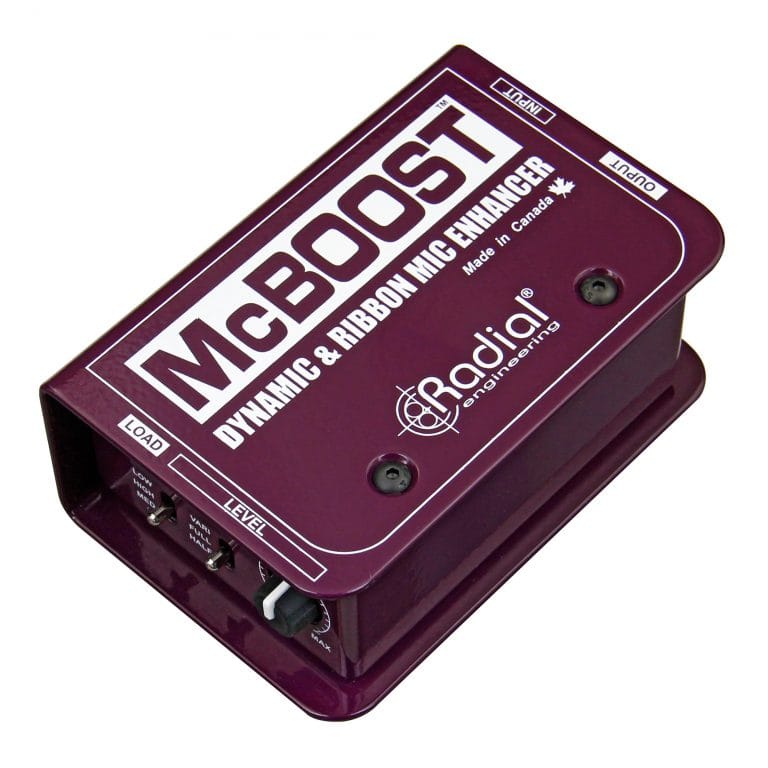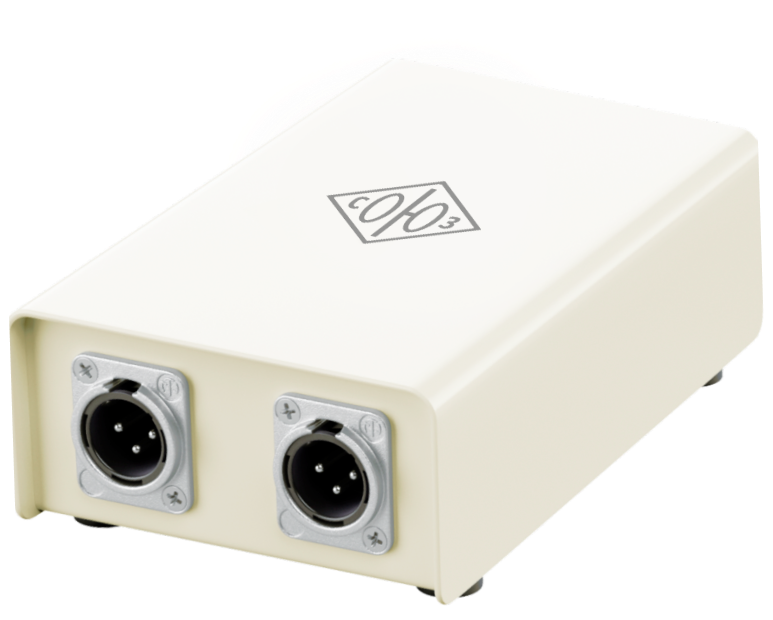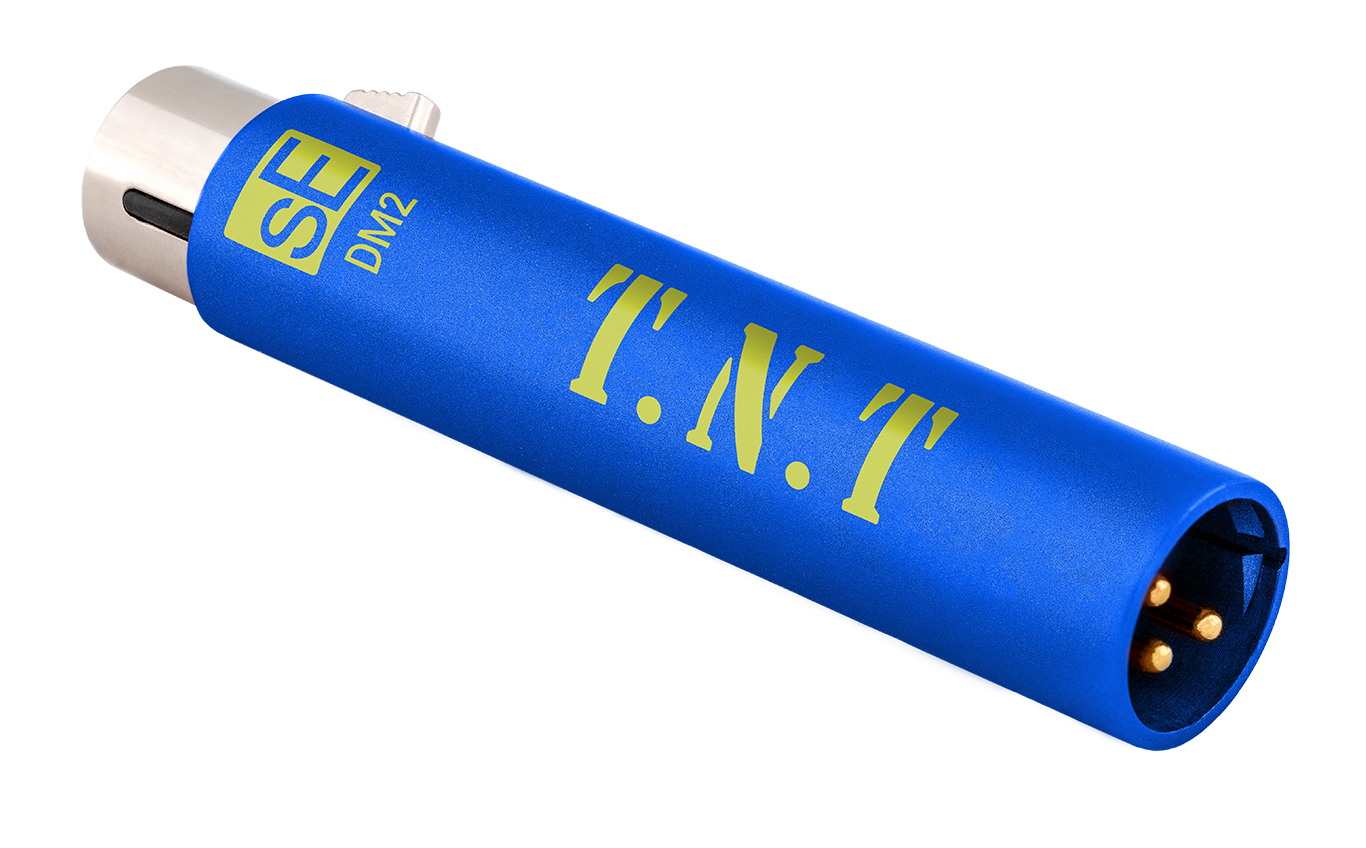Microphone gain boosters are an essential tool for anyone looking to improve the quality of their audio recordings. Whether you're a professional musician, a podcaster, or a streamer, a gain booster can help you achieve a clearer, more dynamic sound that stands out from the competition. But with so many different options available, it can be difficult to know which one is right for you. In this article, we'll take a closer look at microphone gain boosters and explore the different types, features, and benefits they offer, so you can make an informed decision about which one is best for your needs. Whether you're looking to boost the volume of your microphone or simply achieve a more polished sound, you'll find everything you need to know in this comprehensive guide.
In order to understand what a microphone gain booster is, we need to have a basic understanding about various microphone types to understand why a mic activator has become so popular over the past few years. There are typically three different types of microphones on the market, dynamic, ribbon (both active and passive), and condenser microphones.
Condenser Microphones
Condenser microphones are high output microphones that require phantom power in order to operate. This additional power activates the electronic circuitry of the microphone so that it can reproduce sound. Condenser microphone have a much greater sensitivity to sound sources, which allows them to reproduce sound at lower gain levels which helps to mitigate signal noise for cleaner reproduction. This greater sensitivity; however, can also capture much more of the sound source (and it's surroundings) than one would want to have. Condenser microphones are often best used in treated studio environments where any additional sound bleed from other sources is mitigated, allowing for clean sound reproduction of the source being recorded.
Dynamic Microphones
Dynamic microphones are low output microphones that do not require any additional power in order to reproduce sound. The gain for dynamic microphones can be pushed much higher in order to achieve good results; however, the additional gain can cause some additional noise to be introduced to the sound signal. Dynamic microphones are often found in live performances and stages because their lower sensitivity to sound helps them to prevent sound bleed from other sounds on the stage or venue including crowd noise; however, they are also used in studios, especially on louder sound sources like drums or guitars amps.
Ribbon Microphones
Ribbon microphones come in two varieties, active and passive. Active ribbon microphones function similarly to a condenser microphone by requiring phantom power to activate the electronics which are required for operation. Passive ribbon microphones are similar to dynamic microphones, in that they don't require an external power source to operate, but they rate among the lowest microphones for gain output. Passive ribbon microphones also are highly susceptible to blowing up when connected to a phantom power source.
What is Phantom Power?
What is a gain booster?
A gain booster (or mic activator), such as the Cloud Microphones Cloudlifter, converts the phantom power of a microphone preamp into additional usable gain for the connected microphone. Just like phantom power activates the electronics of a condenser microphone or an active ribbon microphone, the mic activator "activates" when powered by phantom power, giving you an additional boost of gain in the process. How much gain do you get? Depending on the manufacturer and model, the amount of additional gain that you will get will vary depending on the mic activator and the preamp that is driving it. The Cloudlifter CL-1, for example, boasts up to 25dB of additional clean gain.
What applications are there for a gain booster?
While the mic activator was initially created to breathe new life into low-output ribbon microphones by giving them additional gain for a wider variety of uses, It just so happens that it also works great with dynamic microphones, including the Shure SM7B.
The Shure SM7B has become one of the most popular dynamic microphones, due largely in part to its sound quality with regards to voice and broadcast applications. The rise of podcasts and game streamers who use the SM7B microphone has exploded in recent years, and the demand is not slowing down anytime soon. The SM7B; however, is a very gain hungry microphone, and many audio interfaces and even some dedicated preamp do not provide enough gain in order to use the SM7B effectively. A mic activator is the perfect solution in this scenario, adding the additional gain to power to boost the signal and use the SM7B with almost any interface and preamp.
While the mic activator does use phantom power to activate the electronics and boost the gain signal, it also doesn’t allow the phantom power to pass through to whatever microphone you are using. This allows you to use it as a way to protect ribbon microphones from potential phantom power sources which could damage the microphone. It's almost like a phantom power surge protector of sorts.
Using a mic activator with a dynamic microphone in a live venue is another great application. Imagine being able to really set yourself apart in the mix with a mic activator, and having additional gain before feedback, so you can really shine.
What type of mic activators are there?
There are two basic form factors for mic activators, a dedicated box which can have various features such as impedance adjustments, or an inline option such as the sE Electronics DM-1, which plugs directly into the XLR jack of your microphone. The principle is the same regardless of the form factor, so it really comes down to what works best for your situation.

Cloud Microphones Cloudlifters
The Cloudlifter series are all dedicated boxes that work great on the stage or in the studio. The cloudlifter series includes a single channel mic activator (the CL-1), a 2-channel mic activator (the CL-2), or a 4-channel option (the CL-4). Cloud microphones also has two option with variable impedance control, the CL-Z, and the CL-Zi, which provides an additional +15dB of gain for 1/4" inputs for guitar, bass, or keyboards.
To learn more about the Cloudlifter series, or purchase one, please click here.

Radial Engineering McBoost
The McBoost by Radial Engineering is a single channel mic activator that adds a variable gain control, as well as providing some impedance adjustment options to help you dial in just the right amount of boost for your application.

Soyuz The Launcher
Similar to the other boxes, The Launcher by Soyuz is a singe channel mic activator. What sets this one apart; however, is the addition of a transformer which changes the tone of your microphone as if it was run through a vintage console. If you feel like you just aren't getting the "sound" you want because everything is too clean and transparent, The Launcher might be a great option for you.

Soyuz Launcher Deluxe
Soyuz also recently released the Launcher Deluxe, a 2-channel version with a line-level saturator for adding even more color and vibe to your recording. If you are tired of clean "sterile" recordings, then this is the box for you!

sE Electronics DM-1 Dynamite
The DM-1 is a simple mic activator which just does the job, and does it well. The DM-1 connects right to the XLR jack of your microphone, giving you the option to plug in your mic cable, and enjoy the added +28dB of clean, transparent gain.
To learn more about the DM-1, or purchase it, please click here.

sE Electronics DM-2 TNT
The DM-2 is a newer version of the popular DM-1. The TNT gives you the option to either select +15dB or +30dB of gain to really give your microphone a lot of extra punch. The DM-2 also has a variable impedance option to help you dial in your tone.

Triton Audio FetHead
Similar to the DM-1, the Triton Audio FetHead connects right to the XLR jack of your Microphone, and provides up to +27dB of additional gain. It's simplicity and lower price point make it a great option for those looking to get started with mic activators.
Conclusion
Microphone gain boosters can breath some new life into your existing microphones. Whether you're a professional musician, a podcaster, or a streamer, a gain booster can help you achieve a clearer, more dynamic sound that stands out from the competition.


